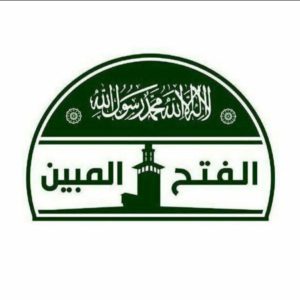Previously, I tracked the bayat campaign for Abu Ibrahim after Abu Bakr’s death and then for Abu al-Hasan after Abu Ibrahim’s death. This post will do the same with the announcement of Abu al-Hasan’s death and Abu al-Husayn al-Husayni al-Qurashi as the new leader of the Islamic State. As I said in the original post:
There are two main reasons for this: 1. pledges are leader-specific rather than group-specific and thus need to be renewed with each succession and 2. it is a way to legitimize al-Qurashi’s rule and create a media event so that the group can promote itself as it transitions to a new phase.
The first reason is also something that IS pointed to when it began to overtly feud with al-Qaeda (AQ) in 2013, by saying that following Abu Mus’ab al-Zarqawi’s death, his successor Abu Hamzah al-Muhajir gave baya to the newly created Islamic State of Iraq’s leader Abu ‘Umar al-Baghdadi and even after Abu ‘Umar was killed, when Abu Bakr al-Baghdadi took over in 2010 and then Usamah Bin Laden was killed in 2011, Abu Bakr never publicly gave baya to Ayman al-Zawahiri, even if al-Zawahiri claims he gave it to him privately. Therefore, from the perspective of IS this whole process is not trivial, but important for legitimacy of its leadership and to potentially weed out any insubordination before it manifests into something larger as it already did in the past vis-a-vis AQ.
This post will be updated with the latest official pledges.
—
December 1, 2022:
Wilāyat Gharb Ifrīqīyah – Sambisa Region











Wilāyat Khurāsān




























Wilāyat al-‘Irāq

























Wilāyat Gharb Ifrīqīyah – al-Buhayrah Region





December 2:
Wilāyat Gharb Ifrīqīyah – al-Faruq Region

















Wilāyat al-Shām

































Wilāyat Gharb Ifrīqīyah – Banki Region






December 3:
Wilāyat al-Yaman




Wilāyat Gharb Ifrīqīyah – Krenoa Region





Wilāyat al-‘Irāq
















Wilāyat al-Sāḥil – Azawagh, Tri-Border, and Burkina Faso Regions





























December 4:
Wilāyat al-Ṣūmāl




















Wilāyat Wasaṭ Ifrīqīyah







Wilāyat al-Sāḥil – Anderamboukane Village









December 5:
Wilāyat Gharb Ifrīqīyah – Central Nigeria






Wilāyat al-Shām





















Wilāyat Bākistān















Wilāyat Mūzambīq






Wilāyat Wasaṭ Ifrīqīyah – Beni Region




December 7, 2022:
Tūnis


Wilāyat al-Hind – Kashmir








Wilāyat Mūzambīq – Nangade Region





December 8, 2022:
Lubnān






December 14, 2022:
Wilāyat Saynā’




December 17, 2022:
Wilāyat Sharq Asīā




December 19:
Wilāyat Lībīyā






















































































































































































































































































































